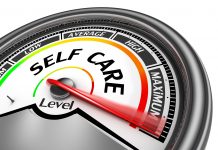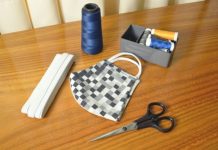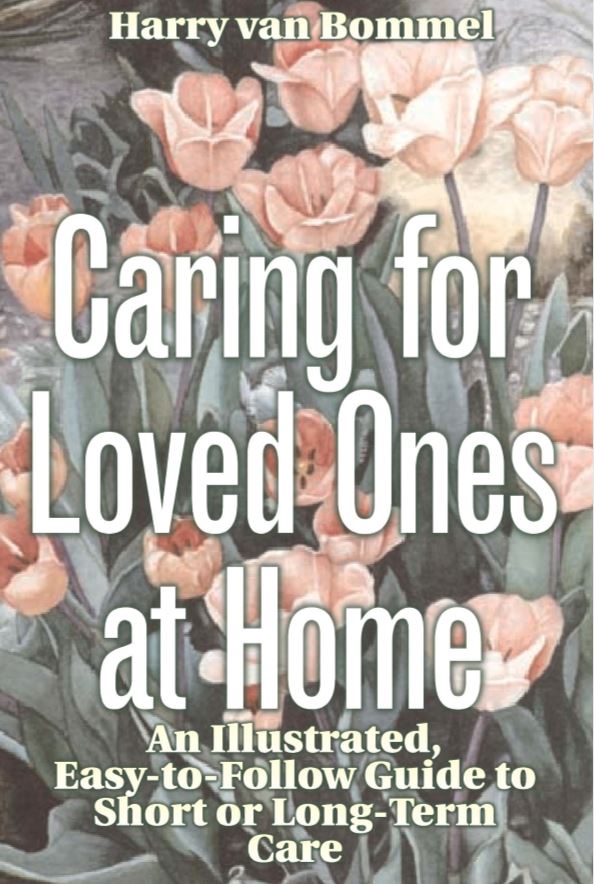People may spend a lot of time in bed. It is important that the bed stay clean, dry and comfortable.
Making an Unoccupied Bed
It seems silly to have a section on making a bed. Add to that that my mother would be amazed that I am offering advise on this subject at all and you get the idea that you should accept or reject any of the following advice based on your own expertise. However, many of us have never had to make a bed for someone who will spend days there. How you make the bed will decide how comfortable the person may be.
Try to use fitted bottom sheets so that the sheet has few wrinkles in it. Wrinkles add extra pressure to the person’s skin and may cause bedsores. If you can, try to make the bed when the person is normally out of bed (e.g., taking a bath, sitting in a chair). Try to avoid extra efforts to get the person out of bed so that you can change it. The more natural the effort, the less trouble for everyone.
Making an Occupied Bed
Sometimes the person cannot get out of bed while you change the
sheets. This takes a little more planning but is quite simple after a few tries. The idea is to make one side of the bed at a time. It is harder to explain what you need to do than to actually do it. After you have done this once or twice you will master the steps and fill in the little details that are most important to you and your loved ones.
1. Make sure you have all the clean sheets, pillowcases, etc., that you need on a chair beside the bed.
2. If possible, have the bed lying flat (if it is adjustable) and the person using only one pillow.
3. Place another chair on the opposite side of the bed you are working on. If you are using a hospital bed, you can raise the side rail on the far side. Either way will allow the person in bed to hold onto something as they roll onto their side closest to the chair. Their back should face you and they should be covered with a top sheet, blanket or cover so they can stay warm.
4. Loosen the bottom sheet at the head and foot end of the bed, as well as any top sheets and blankets. Roll the bottom sheet as close to the person’s back as possible. They will have to roll over this old sheet and the new one when you are ready.
5. Smooth out the mattress cover.
6. Lay down the clean fitted bottom sheet, folded lengthwise, from head to foot ends of the bed. Tuck in the head and foot ends and smooth out the sheet as much as possible.
7. Roll the remaining bottom sheet, lengthwise, as close to the person’s back as possible. It will be right beside the old bottom sheet.
8. Ask (or help) the person roll toward you, over the sheets. If they need extra support, have them roll onto their back first, lift their far leg towards you gently, and help them roll onto their side facing you. Bring the chair from the other side to put where you were standing or lift the hospital bed’s side rail so that the person has something to hold onto and help them from falling out of bed.
9. Move to the other side of the bed. Loosen the old bottom sheet and pull it completely off, as well as pulling the new sheet from under the person. Some of the sheets might get caught under the body weight of the person in bed but just pull gently until they are loose. If necessary, gently push the bottom part of the person’s back to release some of the body weight on the sheets. Smooth the mattress cover.
10. Tuck in the new bottom sheet at the head and foot of the bed and make sure there are few, if any, wrinkles.
11. Have the person lie on their back and position the bed comfortably for them. Replace old pillowcases.
12. If the person uses a duvet, replace the outside cover as needed.
13. If the person uses sheets and blankets they will already be untucked from replacing the bottom sheets. Place a clean sheet on top of the blanket. Have the person hold onto the blanket and clean sheet as you pull out the old top sheet from the foot of the bed. If they cannot help you, you will have to do this yourself and take a little more time.
14. Turn the sheet and blanket around so that the blanket is on top, tuck in the top sheet, blankets, and bedspread (if they like).
Extra Tips: Sometimes there may be other things on the bottom sheet that will need to be changed or at least kept there. For example, draw sheets, sheepskin pads and incontinence pads are often used for someone who is in bed. The same principles apply as in the instructions above. You do one side at a time and the person rolls over the old and new items you are changing. The more things there are, the higher the ‘bump’ the person has to roll over.
Caring For Loved Ones At Home – Free eBook – click here.
Click here for Harry’s previous article on Bed Care.
This article is intended for informational purposes only. If you have any questions or are considering any recommendations, please consult your health practitioner.





























